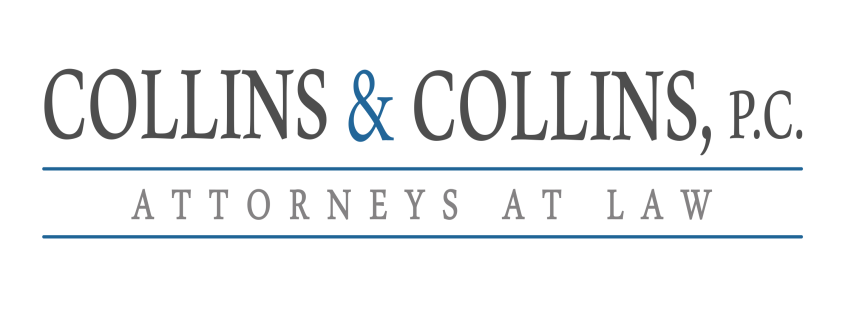The oil and gas industry has proven time and again that it is among the most dangerous industries for workers. Those that work in the oil and gas industry are subjected to some of the most hazardous industrial workplace condition in the United States.
Yet in 2006 more than a half million workers were employed in the oil and gas industry alone, and the gas extraction industry employed another 400,000 workers on offshore drilling, land drilling and workover rigs.
Many of the oil and gas industry injuries that occur happen as a result of drilling accidents, improper construction and maintenance, pipeline transportation accidents, storage problems and salt dome accidents.
Studies have shown that when an oil and gas worker is injured the injuries are generally more severe than those sustained by workers in other industries, and in many instances the recovery from such severe injuries takes twice as long.
Some of the most common causes for oil and gas accidents include:
- Delays in equipment maintenance and repair.
- Failure to provide proper training to new employees and ongoing training for existing employees.
- Failure to properly implement and update safety procedures.
- Failure to properly communicate.
- Careless and reckless behavior at and around the work-site.
- An what may be surprising to many, highway and traffic accidents which are leading cause of death in the industry.
As the oil and gas industry has experienced significant growth over the last several years, likewise there has been an increase in the rate of fatal occupational injuries for these workers. The statistics on oil and gas fatalities are alarming. From 2003 to 2008, 648 workers have been fatally injured nationwide. This is a fatality rate eight times higher than the average for all other occupations. Studies conducted by the Department of Labor have found that the most common cause of death for an oil and gas worker, other than traffic accidents, is caused by what they have classified as “struck by” accidents. Death caused by a “struck by” occurs when a worker is by struck by equipment or other heavy object that is sent flying when something goes wrong with a well where gas and oil comes up at high pressure.
In 2008, the National Occupational Research Agenda (NORA), a government and industry safety organization, sought to find reasons behind the high death rate and how it could be reduced. During their research NORA uncovered a variety of conditions that have been described as creating a recipe for danger. These conditions are common in the oil and gas industry and include the fact that drilling operations often run 24 hours a day 7 days a week and in all types of weather conditions. The workers frequently work 12 hours a day often for more than a week or two at a time without a day off.
Even getting to the work-site is dangerous because of the remote location of many of the rigs. This means that workers are often traveling on dirt and gravel roads that run for miles out to the rigs. Fatal accidents on the way to and from the work-site contribute to the growing number of fatalities among these workers.
When an injury or death occurs compensation for the worker and his or her family is often a complicated issue. For instance, in New Mexico, the Worker Compensation Act exclusivity provisions protects employers against personal injury claims. However, there may be other sources of recovery for personal injuries such as third party liability. This could occur in a number of manners. First an most obvious, there may be recovery from other negligent drivers. This issue alone could bring up a host of possible insurance coverage such as the worker and/or the employer‘s underinsured motorist coverage.
If you or a loved one has been harmed in an oil and gas industry related accident, it is important to consult with an experienced attorney to insure that your rights are protected. These types of accidents have many issues that are not necessarily present in other accidents which must be addressed in order to determine possible avenues for recovery.
Related Reading:
When An Attorney Is (and Isn‘t) Necessary in a Work-Related Injury Claim
Third Party Liability for Work Related Injuries
Employers Protected from Liability for Gross Negligence Toward Employee Safety
